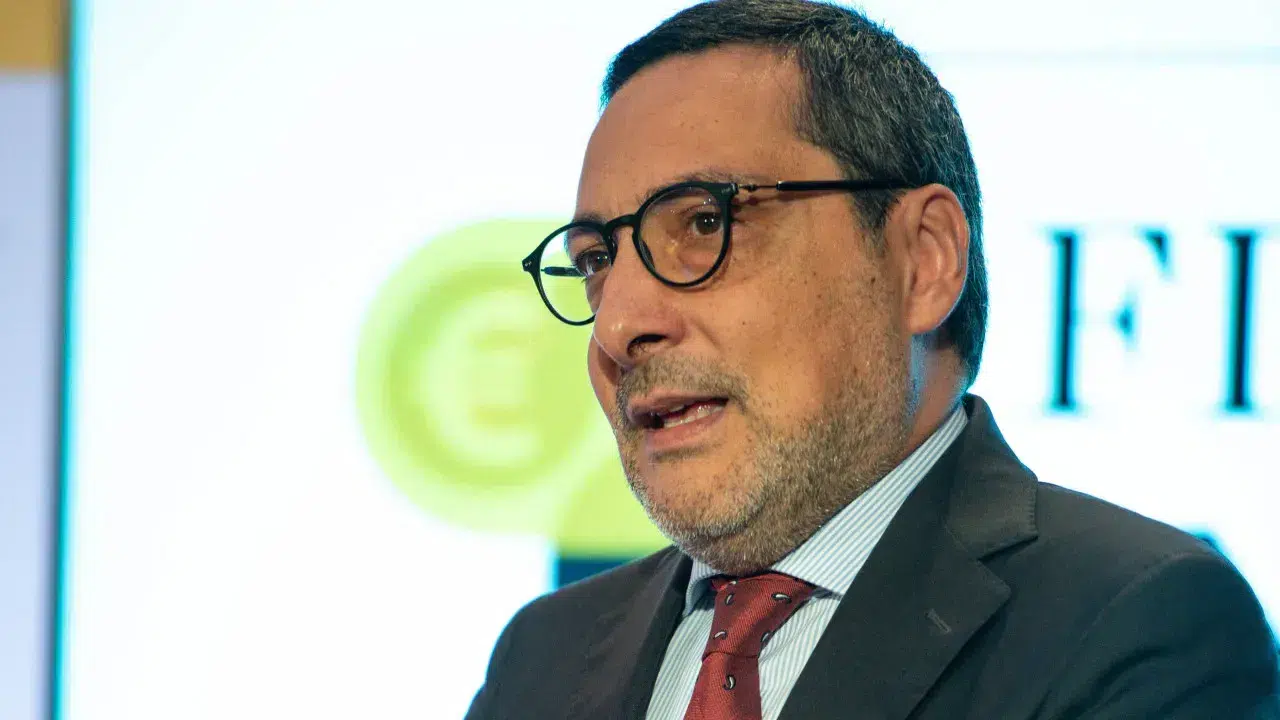
The European Central Bank (ECB) reported today that the number of cashless payments in the euro area increased to 77.6 billion in the second half of 2024, a rise of 8.6% compared to the same period the previous year.
The total value of these payments reached 116.9 trillion euros, up 3.8% from the second half of 2023.
Card payments accounted for 57% of all cashless payments in the euro area, transfers made up 21%, direct debits 15%, and electronic money payments 6%.
Contactless card payments rose 15.5% year-on-year, reaching 29.5 billion transactions.
The value of these transactions increased by 15.1%, amounting to 0.8 trillion euros, according to the ECB.
Lithuania has the highest national percentage of card payments, at 72.9% of total transactions.
Germany has the largest share of direct debits, with 32% of total transactions.
Each resident of the euro area has 2.1 payment cards on average.
The number of payment cards in circulation increased by 8.2% in the second quarter of 2024 compared to the same period the previous year, reaching 750 million, which equates to 2.1 payment cards per inhabitant of the euro area.
The number of ATMs in the euro area decreased by 3.1% in the first six months of 2024 compared to the same period in 2023, totaling 253,700.
The number of point-of-sale terminals rose to 20.7 million by the end of the second half of 2024, an increase of 7.9% compared to the same period in 2023.
Of these point-of-sale terminals, which are electronic devices for processing card or contactless payments in stores, 92% accepted contactless transactions.
Retail payment systems processed 56.1 billion transactions in the second half of the past year, with a total value of 26.4 trillion.
There are 34 retail payment systems in the euro area, which vary significantly in type, size, and the geographical reach of the transactions processed.
The largest retail payment systems in the euro area are the Mastercard Clearing Management System (MCMS), STEP2, operated by EBA CLEARING, and CORE (France).




